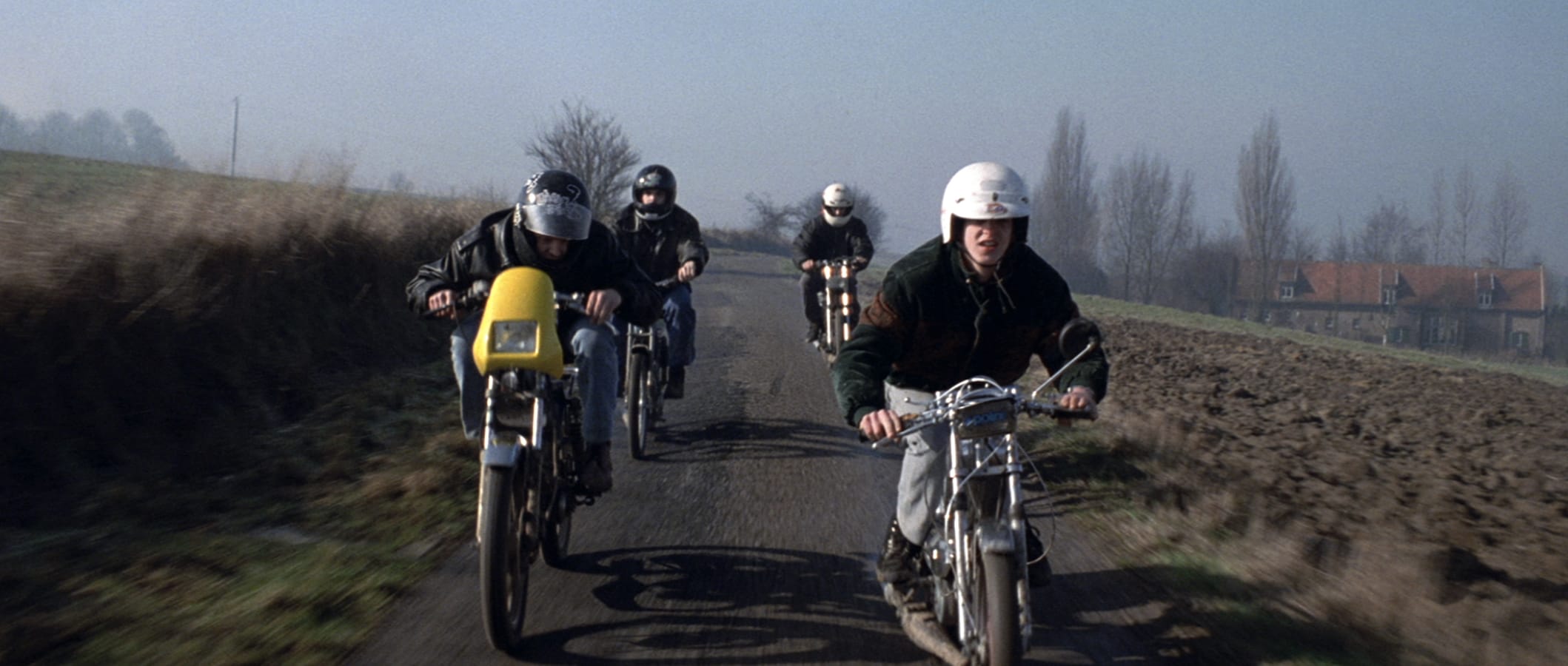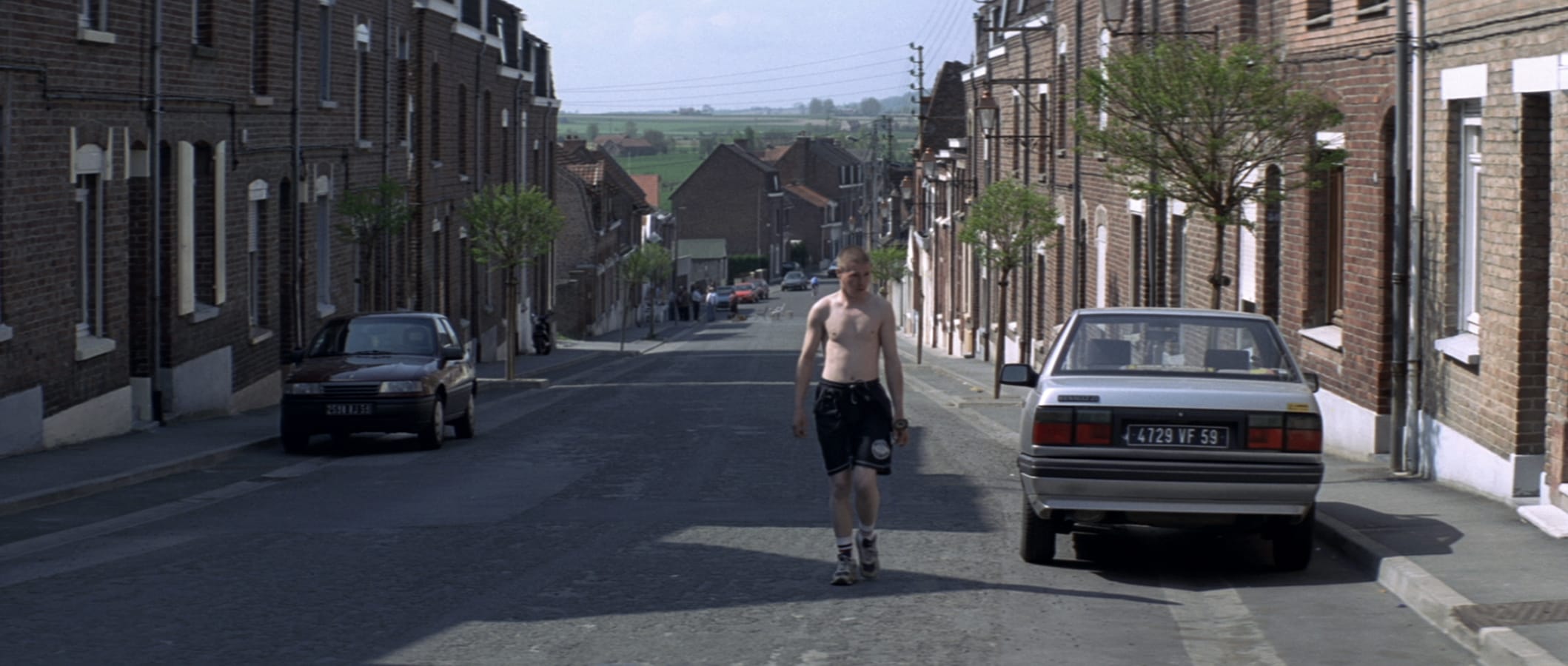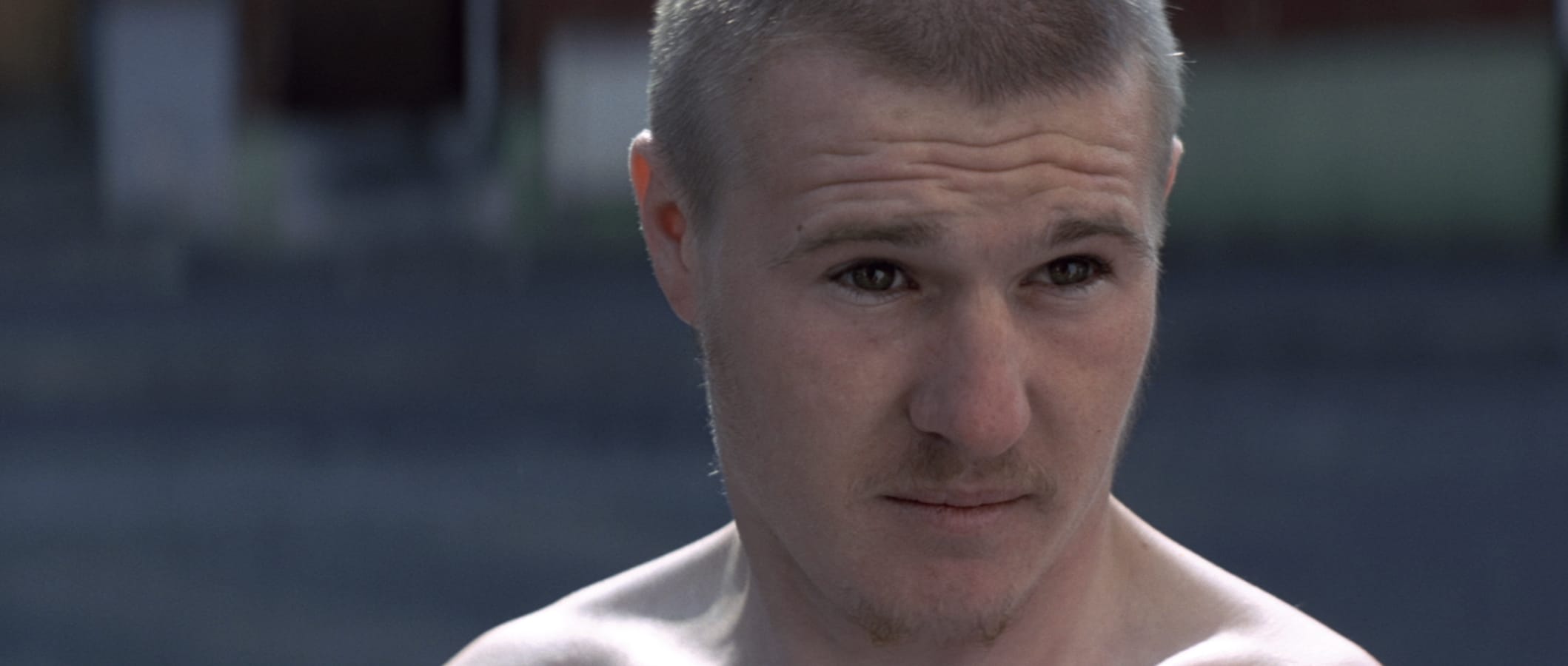La vie de Jésus: The Sky Above

When Bruno Dumont’s debut feature, La vie de Jésus, was released in 1997, French newspapers buzzed with the appearance of a major new talent. Some referred to the thirty-nine-year-old former philosophy teacher and director of industrial films as an heir of Robert Bresson’s; others, as an exceptionally perceptive social realist shedding light on the rise of the extreme right. A young cinemaniac living in Paris at the time, I was confused by this reception. La vie de Jésus did not strike me as a sociological exposé of the provincial working class that was driving France’s ultraright-wing National Front to historic electoral success: while its portrayal of small-town boredom, unemployment, and the senseless mechanism of racist aggression was convincing, the film had an allegorical sweep, an impulse toward the truth of human nature over the reality of statistics. As for the Bresson comparison, it seemed like the lazy reflex of critics who reach for the French master any time nonprofessional actors appear in a story of redemption, particularly if the director has a distinctive visual style.
To my eye, Dumont’s world was different from Bresson’s. Dumont is a landscape artist, filming in wide shots and a 35 mm anamorphic format, while Bresson was an organizer of details, homing in on hands and faces to construct meaning. Dumont embraces his untrained actors’ tics and accents, while Bresson aimed to turn his performer-models into blank slates. And I couldn’t imagine the deadpan humor that Dumont finds in the rattle of a gawky youth’s body as he bangs on a snare drum turning up in a Bresson movie. None of which made it any clearer to me where this singular filmmaker fit into French cinema — or what Jesus had to do with it.
The film focuses on Freddy, an unprepossessing, epileptic twentysomething with sunken dark eyes in which one might read anything or nothing at all. Freddy spends his days riding his motorbike around Bailleul, a small town in the north of France where excitement comes in the form of the occasional chaffinch-chirping contest, the sight of a souped-up car tearing through the central square, or, in Freddy’s case, unadorned sex with his girlfriend, Marie. When Kader, a young man of North African descent — or, as the locals put it, an “Arab” — takes an interest in Marie, Freddy is launched on a collision course as tragic as it is pointless. La vie de Jésus may not be a portrait of evil, but Freddy is certainly no saint. Was the title a cynical commentary on how far we have fallen? Or was I blind to the grace that inhabited the citizens of Bailleul?




“Dumont does not challenge us to embrace religious values, much less sacred rites, but to yearn for something greater than the ersatz reality on television, the cruelty born of boredom, and a stony resistance to beauty.”




